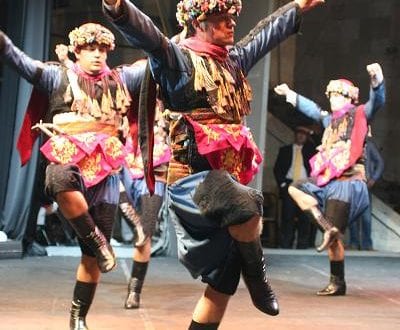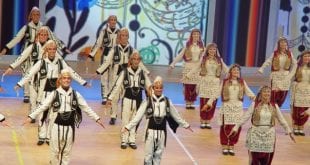The zeybek is a form of folk music and dance peculiar to Western Anatolia in Turkey. It is named after the Zeybeks. The Greek popular dance form the Zeibekiko was originated from the Anatolian Turkish zeybek dance. İt is believed that this dance was created by zeybek warriors who try to simulate movements of hawks.
All zeybek dances have a common characteristic form, but the positioning of the arms and body differ according to the different regions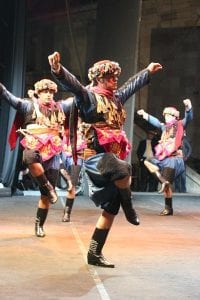
Zeybeks or sometimes Zeibeks were irregular militia and guerilla fighters living in the Aegean Region of the Ottoman Empire from late 17th to early 20th centuries, generally of Turkmen and Yörük origins.
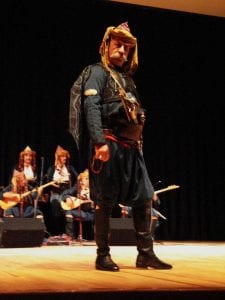
Before the establishment of the Republic of Turkey, large concentrations of Zeibeks could be found in western Anatolia, particularly in Isparta, Burdur, Afyon, Kütahya, Uşak, Denizli, Aydın, İzmir, Manisa, Mugla, Antalya, and the Balıkesir area.
They acted as protectors of village people against landlords, bandits and tax collectors. A leader of a Zeibek gang was called Efe and his soldiers were known as either Zeibeks or Kızan. Kızan was generally used for newly recruited or unexperienced Zeibeks. There was generally a tribe democracy in group. Decisions was taken in a democratic way, after the decision was taken Efe has an uncontroversial authority. They followed definite rituals for all actions; for example, the promotion of a kızan to zeybek was very similar to Ahi rituals.
Zeybeks had a special dance in which performers simulated hawks. Romantic songs about their bravery are still popular in Turkish folk music. The yatagan sword was their primary weapon, but most of them carried firearms as well.
The Zeibeks fought against the Greek invasion of Western Anatolia during the Greco-Turkish War of 1919-1922. Their guerilla warfare gave time for Turkish resistance to form a defence. After the formatian of a Turkish national army, most of them joined and continued their resistance.
Zeybeks are, in general, the widespread folk dances of the Western Anatolia. It is rendered by one person or two or by a group of people and its name changes for example as ‘seymen’ in the central parts of Anatolia. Zeybek dances are formed, in general, of 9/8 measures and have a variety of tempos such as very slow, slow, fast and very fast. Very slow zeybek dances have the measure of 9/2, slow ones 9/4 and some others 9/8. Very fast dances, for instance, teke (goat) dance seen in Burdur – Fethiye region can be regarded as dances of zeybek character, they have the traditional measure of 9/16 There is another folk dance named as BENGI in the zeybek region. It is performed more differently than zeybek and has got a different musical feature and the most characteristic measure of bengi dance is 9/8. Particularly in slow zeybeks, the traditional instruments is drum- zurna combination. The use of 2 drums and 2 zurnas in combination is a tradition, function of one of the zurnas is accompaniment, in other words, it accompanies the melody with a second constant tune. Apart from drum-zurna, a three-double string instrument baglama, reed, marrow bow etc. are used for fast zeybek dances. In particular, the traditional instrument of the teke (goat) dance region is reed.
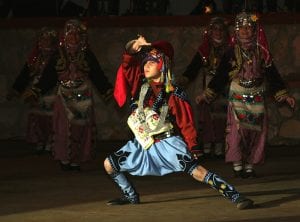
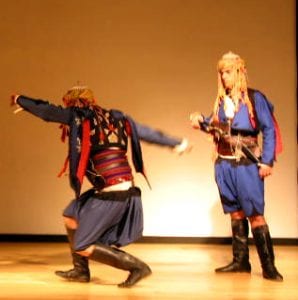
 FolkDanceWorld.Com International Folk Dances
FolkDanceWorld.Com International Folk Dances
